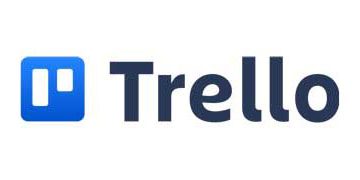23 rules for creating a Management System
Management Systems authoring is not difficult, but it is time consuming. The following rules are to help you get it right first time and avoid some of the unnecessary time that so many previous system administrators have spent.
- Only document in your management system:
- knowledge you need to retain for intellectual purposes,
- methods and procedures which demonstrate compliance and you want people to follow exactly,
- the methods and procedures which your risk and opportunities define as controls, and
- the need for records that prove your products, services and processes are compliant with requirements.
- System documents should consider the key attributes of a process to ensure the right people do the right thing, at the correct time, with the correct plant and equipment, in the correct environment and keep the right records. However, only include this information where you need proof of conformance.
- Acronyms can be barriers to understanding. Only use them after you have established a system-wide approach for explaining what they stand for.
- Your system should allow easy location of relevant documents and records with the minimum effort and prior knowledge or training.
- Establish minimum retention period policies for all document and record types which considers statutory requirements and the needs of internal and external stakeholders. You also may need to vary document retention times to meet project or customer specific needs.
- All changes to records and management system documents should be traceable to a date, a person, the reason for the change and the approver (where required), unless that document or record has been destroyed following completion of the retention period.
- A mechanism to allow workers to make or propose changes to system documents must be available.
- Control changes to management system documents so that unauthorised amendment or deletion is not possible.
- Superseded documents must be withdrawn such that they don’t show up in the management system unless they are clearly marked as superseded.
- Ideally all requirements identified by the management system and all system records retained shall only have a single instance. Where multiple systems require the same data or content, manage this via data connections or cross references to prevent duplication and possible transposition errors or omissions.
- Create all regular reports dynamically in real-time from the data already entered. This should have with minimal human intervention once set up.
- Available Data capture methods must allow for all the expected environments workers are likely to experience.
- Electronic data capture methods should auto-complete as much data as possible (e.g. today’s date, automatic capture of the user completing the form, location, etc).
- It should not be possible to destroy or lose a document or record. No documents or records should become inaccessible or unreadable (unless via planned destruction after expiry of retention period).
- The process for the periodic reviewing of system documents should not be onerous (otherwise it is unlikely to occur), but should record who is conducting the review, when it was reviewed and any conclusion from the review.
- Manage changes to legal requirements such that each change is accompanied by data recording whether or not to take action, what the action was, who took it and when.
- Use a single register to log and prioritise all actions associated with improvements, complaints, non-conformities and incidents as these all require a similar management process (identify issue, determine action, verify effectiveness of the action).
- Use a single register to log, assess and prioritise all risks and opportunities.
- Use a single register to manage all plant and equipment as long as that register can manage records for servicing, maintenance, calibration, registration, etc.
- Where possible, use the organisation’s financial software as the approved supplier register, providing you can effectively suspend a supplier and document the reason for the suspension in the software.
- The assessment and prioritising of environmental aspects and impacts should take your ability to influence each aspect into account.
- Minimise Hyperlinks between documents unless you have a process and the appropriate resources to continuously manage them.
- If you plan to number your system documents make sure the document numbering system you adopt is flexible. Numbering needs to allow a document to be slotted in between any two document numbers. This isn’t easy if you number the consecutively and can lead to wasting time re-numbering.


